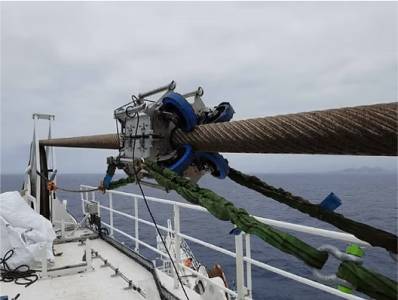
Magnetic rope testing provides a non-destructive, efficient, and highly accurate method for inspecting the internal integrity of various structures and components. This advanced technique utilizes a flexible, magnetically permeable rope to detect anomalies within ferromagnetic materials, offering unparalleled insights into potential flaws that traditional methods might miss.
What is Magnetic Rope Testing?
Magnetic rope testing (also known as magnetic flux leakage testing or MFLT using a rope) involves inserting a flexible magnetic rope into the structure to be inspected. This rope, typically made of a high-permeability material, is magnetized as it's passed through. Any discontinuities, such as cracks, corrosion, or pitting, within the inspected material will disrupt the magnetic field surrounding the rope. These disruptions are then detected by sensors positioned along the rope's path, producing a detailed profile reflecting the internal condition of the structure.
Advantages of Magnetic Rope Testing:
Typical Applications:
Data Interpretation and Reporting:
Sophisticated software analyzes the sensor data, generating detailed reports including:
Limitations:
While highly effective, magnetic rope testing is primarily applicable to ferromagnetic materials. It may not be suitable for non-magnetic materials or components with severely restricted access.
Conclusion:
Magnetic rope testing is a powerful tool for ensuring the integrity and safety of critical components and structures. Its unique capabilities in accessing confined spaces and detecting subtle defects make it an indispensable technology for a wide array of industries demanding the highest levels of quality and reliability. Contact us today to learn more about how magnetic rope testing can benefit your specific needs.